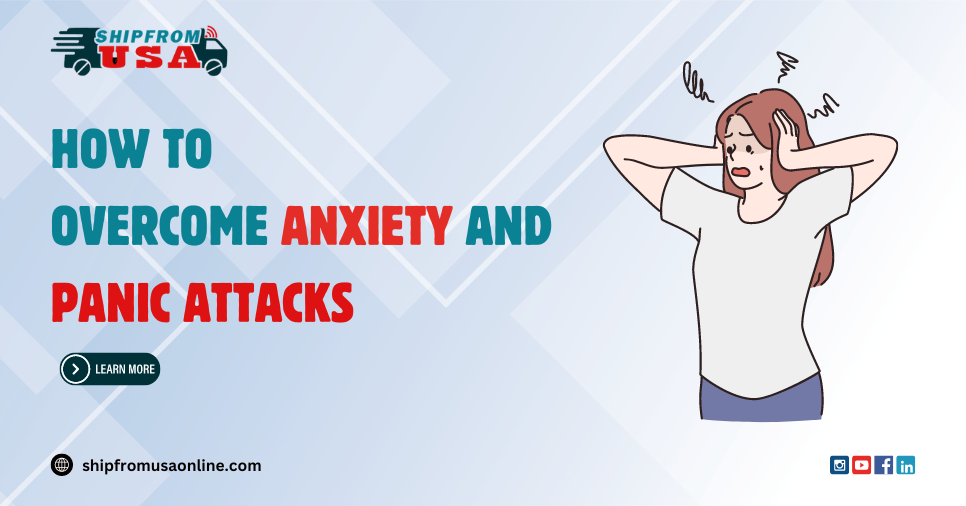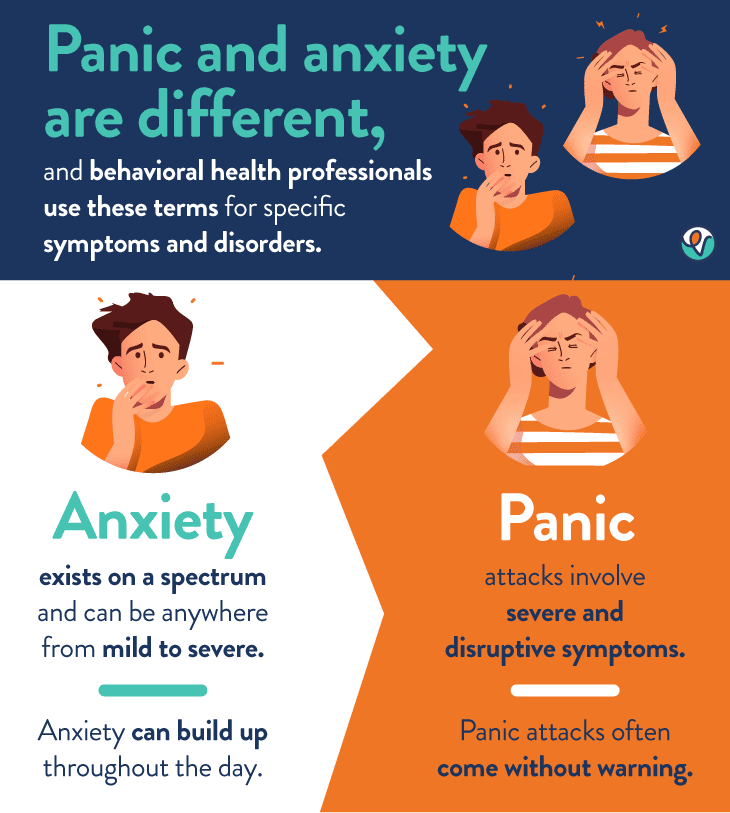Category
- Buy Hydrocodone Online
- Buy Adderall Online
- Buy Adipex Online
- Buy Alprazolam Online
- Buy Ambien Online
- Buy Ativan online
- Buy Carisoprodol Online
- Buy Clonazepam Online
- Buy Codeine Online
- Buy Darvocet Online
- Buy Demerol Online
- Buy Diazepam Online
- Buy Dilaudid Online
- Buy Fioricet online
- Buy Gabapentin Online
- Buy Hydromorphone Online
- Buy Klonopin Online
- Buy Lexapro Online
- Buy Lorazepam Online
- Buy Lorcet Online
- Buy Lortab Online
- Buy Meridia Online
- Buy Methadone Online
- Buy Modafinil Online
- Buy Norco Online
- Buy Opana ER Online
- Buy Oxycodone Online
- Buy Oxycontin Online
- Buy Percocet Online
- Buy Phentermine Online
- Buy Roxicodone Online
- Buy Soma Online
- Buy Suboxone Online
- Buy Subutex Online
- Buy Tapentadol Online
- Buy Tramadol Online
- Buy Valium Online
- Buy Viagra Online
- Buy Vicodin Online
- Buy Vyvanse Online
- Buy Xanax Online
- Buy Zolpidem Online
Recent Post
- What are the Risks of Buying Prescription Drugs Online
- Humira: A Comprehensive Guide to the Popular Arthritis Medication
- Mydayis: The Ultimate Solution for ADHD
- Can you give your Dog Xanax for Fireworks
- How many mg is White Xanax Bar have?
- How to overcome Anxiety and Panic attacks?
- What is Ativan used for?
- What are Alprazolam and its side effects?
- Difference between Ativan vs. Valium
- What is the Difference Between Dilaudid and Oxycodone?
Categories
- Adderall (2)
- ADHD (3)
- anxiety (11)
- chronic pain (8)
- depression (11)
- eye health (1)
- Health News (101)
- Insomnia (6)
- pain (13)
- pain medication (10)
- Psoriasis (1)
- skin disease (1)
- Weight management (1)

You may have heard the terms panic attacks and anxiety attacks used interchangeably, which is understandable given that they share some common symptoms. However, anxiety and panic attacks have different features in practice, and behavioral health experts use these terms for specific disorders and symptoms. Panic attack episodes are an abrupt surge of intense fear or discomfort accompanied by other mental and physical symptoms.
On the other hand, anxiety is a part of the emotional and protective response hardwired into the human body. When anxiety is intense or gets in the way of everyday life, there is cause for concern. This article will discuss how panic and anxiety differ, including their symptoms, treatments, and definitions.
What is the difference between a panic attack and an anxiety attack?
Anxiety and panic attacks are used mutually, but they are different. The main characteristics distinguish one from the other, though they have several symptoms in common. These types of attacks have different emotions and durations. Panic attack episodes are generally more intense than anxiety attack episodes. They also come on out of the blue, while anxiety is often associated with a cause.
On the other hand, anxiety symptoms are linked to numerous mental health conditions, such as trauma and obsessive-compulsive disorder, while panic attacks mainly affect those with panic disorder. Because the signs of panic attacks and anxiety attacks are so similar, it can be difficult to tell the difference between anxiety attacks and panic attacks.
Here are some tips that can help:
- Panic attacks usually calm down after a few minutes, while anxiety symptoms can prevail for periods.
- Panic attacks appear suddenly, while anxiety symptoms usually intensify over minutes, days, minutes, and hours.
- Ailments of a panic attack are disruptive and intense. They often involve a sense of unreality and dissolution. Anxiety symptoms vary in depth, from mild to Serious.
- Panic attacks usually occur without a trigger. Anxiety is a response to a recognized threat and stressor.
Panic attacks symptoms
Experts define a panic attack as an abrupt surge of intense fear and discomfort that reaches its peak in minutes. Panic attacks produce severe worry that starts suddenly, frequently without warning. A panic attack usually lasts for 5 to 20 minutes. In extreme cases, its symptoms may last for more than one hour. The revel in is specific for everyone, and signs regularly vary.
Some common symptoms may include:
- Fear that you might die
- chest pain or tightness
- numbness or tingling in your hands
- changes in mental state
- shaking and trembling
- chills and sweating
- nausea
- lightheadedness
- vertigo and dizziness
- shortness of breath
- racing heart rate and palpitations
A specific event and external stimulus trigger some episodes of panic attacks. Other times, these symptoms occur for no apparent reason. Generally, the symptoms are not proportionate to the level of danger in the environment.

Anxiety attack symptoms
Symptoms of anxiety may include:
- feeling pressure and hurried
- sadness
- irritability
- difficulty concentrating
- sleep problems
- restlessness
- apprehension and worry
Physical symptoms may include:
- feeling faint
- trembling or shaking
- tightness in the throat
- dry mouth
- sweating
- nausea and diarrhea
- headache
- tension in the neck
- changes in heart rate
Not every case of anxiety will include all these symptoms. Stress can be mild, severe, and moderate, depending on the trigger and how individuals react. Faced with an examination, for example, some people may feel mildly apprehensive, while others may experience all the above symptoms.
How long does an anxiety attack last?
Anxiety is closely tied to your unique situation and physical and mental well-being. There is no set duration for an anxiety attack, but some studies suggest that most episodes last for about 20 minutes. At the same time, 20 minutes does not sound like a long time. But for an individual suffering from attacks, it can sense like hours. It may be beneficial to pay attention to more than one element surrounding incidents of these attacks, such as factors that may have triggered that event and the actual duration of an attack.
It can be precious information that can help mental health experts to determine what type of treatment is suitable for you. There is no one-size fit solution to the complex issue of anxiety attacks. Treatment of this condition may focus on several factors, such as lifestyle changes, medication, therapy, and diet.
How long does a panic attack last?
Panic assaults generally close for some minutes, though they often feel like a lifetime when experiencing one. Symptoms may usually peak within ten minutes and then begin to fade away. It is possible to have a panic attack that is incredibly long and short. Some spells can usually peak in a few seconds with the entire episode. Some research has described single panic attacks lasting up to 30 minutes.
Some reports by people have described attacks lasting for hours or even days. According to some experts, it is not considered a panic attack if these symptoms do not peak within 10 minutes. Instead, it is deemed to be high anxiety. At the same time, it is still incredibly uncomfortable and unpleasant.
Types of panic attacks and anxiety attacks?
Five major types of anxiety attacks are:
- Obsessive-compulsive disorder is an anxiety disorder characterized by recurrent, unwanted thoughts and repetitive behaviors. These behaviors include cleaning, checking, counting, and hand washing are often performed with the hope of preventing obsessive behaviors and thoughts or making them go away. Performing these behaviors, however, provides only temporary relief, and not performing them markedly increases anxiety.
- Generalized anxiety is a tension disease characterized by the aid of using continual tension, exaggerated worry, and tension, even if there’s little or not nothing to initiate it.
- Panic disorder- It is an anxiety disorder. It is defined by unexpected and repeated episodes of intense fear accompanied by physical symptoms, including chest pain, heart palpitation, shortness of breath, and abdominal pain.
There are various types of panic attacks which may include:
Expected panic attacks. Expected panic attacks are anticipated when n individual is subjected to specific panic triggers. For example, people who fear enclosed spaces may expect these attacks when in a cramped area or elevator. An individual who fears flying may predictably have a panic attack when boarding a plane, at the time of take-off, or at some time during the flight.
Unexpected panic attacks These types of panic attacks occur suddenly without any apparent cause or indication. Individuals can be completely relaxed before the symptoms develop when these attacks occur. This attack does not accompany any conscious internal stress, including feelings of intense dread and anxiety, uncomfortable physical sensations, or fearful thoughts. Unexpected attack episodes do not occur with external cues such as exposure to frightening situations or phobias.
How to calm an anxiety attack and panic attack?
To calm your anxiety and panic attacks, you must work out what particular worry or stress could worsen your symptoms. It is necessary not to restrict your daily activities and movements.
- CBT or cognitive behavioral therapy can identify and change the negative thought patterns feeding anxiety and panic attacks.
- Avoid consuming smoking, alcohol, and caffeine. It can make your symptoms worse. Panic and anxiety support groups advise on how to manage your attacks effectively. Knowing that other people are experiencing the same feeling.
- Eat regular meals and stabilize your sugar and blood levels.
- Regular physical exercise, especially aerobic exercise, will help manage stress levels, improve mood, boost confidence, and release tension.
- Daily breathing exercises may help prevent anxiety and panic attacks and collect them when they happen.
Best medicines for panic and anxiety attacks?
Treatment of panic and anxiety attacks usually involves a combination of drugs and therapy. There are no specific drugs that are best for panic disorder and anxiety disorder. An individual is different and will respond to a particular medication differently. The best medicine is the one that works to help alleviate your symptoms.
Medications used to treat panic attacks include:
- Serotonin and norepinephrine reuptake inhibitors such as duloxetine and venlafaxine
- Selective serotonin reuptake inhibitors include citalopram, fluvoxamine, fluoxetine, sertraline, and escitalopram.
- Monoamine oxidase inhibitors include isocarboxazid, tranylcypromine, selegiline, or phenelzine.
- Tricyclic antidepressants include imipramine and clomipramine.
- Atypical antidepressants include trazodone, mirtazapine, and nefazodone.
- Anticonvulsants including gabapentine, divalproex, pregabalin
- Anti-anxiety medicines such as buspirone.
Conclusion
Anxiety and panic attacks are not similar. Though these words are often used interchangeably, only panic attacks are often used interchangeably. Only panic attacks are identified in DSM-5. Panic attacks and anxiety attacks have similar have identical symptoms, risk factors, or causes. However, panic attacks are more extreme and often accompanied by more severe physical symptoms. You should contact a medical professional if panic and anxiety-related symptoms affect your everyday life.
Written by admin
Festive Offers
Use Coupon Code SALE10
Product categories
- Buy Adderall Online
- Buy Adipex Online
- Buy Alprazolam Online
- Buy Ambien Online
- Buy Ativan online
- Buy Carisoprodol Online
- Buy Clonazepam Online
- Buy Codeine Online
- Buy Darvocet Online
- Buy Demerol Online
- Buy Diazepam Online
- Buy Dilaudid Online
- Buy Fioricet online
- Buy Gabapentin Online
- Buy Hydrocodone Online
- Buy Hydromorphone Online
- Buy Klonopin Online
- Buy Lexapro Online
- Buy Lorazepam Online
- Buy Lorcet Online
- Buy Lortab Online
- Buy Meridia Online
- Buy Methadone Online
- Buy Modafinil Online
- Buy Norco Online
- Buy Opana ER Online
- Buy Oxycodone Online
- Buy Oxycontin Online
- Buy Percocet Online
- Buy Phentermine Online
- Buy Roxicodone Online
- Buy Soma Online
- Buy Suboxone Online
- Buy Subutex Online
- Buy Tapentadol Online
- Buy Tramadol Online
- Buy Valium Online
- Buy Viagra Online
- Buy Vicodin Online
- Buy Vyvanse Online
- Buy Xanax Online
- Buy Zolpidem Online

Leave a Reply